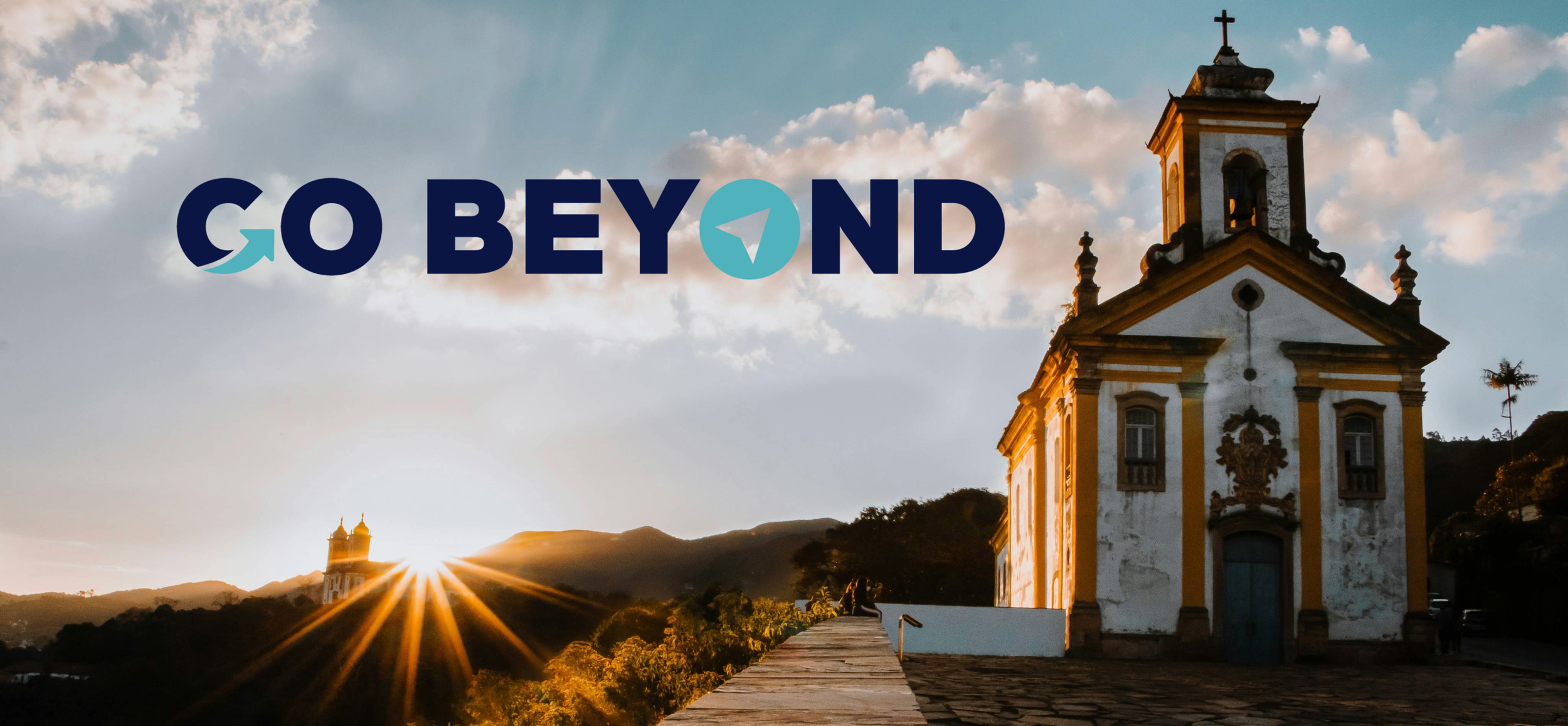Samba, Gold, and Modernism: Tracing Brazil’s Identity Through its Rich History and Architecture
Original Photo by Warley Dias
What is the soul of Brazil? Is it the echo of samba in cobblestone alleys, the glint of colonial gold in a Baroque church, or the bold, futuristic sweep of a modernist capital? The truth is, it's all of them. Brazil's identity is a rich tapestry woven from threads of history, culture, and ambition. To truly know this incredible country, you must journey through its defining moments, and there's no better way than by exploring the cities that shaped it.
1. Ouro Preto: The Gilded Heart of Colonial Brazil
Imagine winding, cobblestone streets clinging to the sides of lush green mountains. This is Ouro Preto ("Black Gold"), a city in the state of Minas Gerais that feels like a living museum. Its very existence is owed to one of the world's largest gold rushes in the 18th century.
The immense wealth extracted from these hills under Portuguese rule was poured into creating a spectacle of Baroque architecture. The city's churches, like the famous Church of São Francisco de Assis, are adorned with intricate gold leaf and feature masterpieces by the legendary sculptor Aleijadinho. Walking here is like stepping back in time, where every fountain, bridge, and balcony tells a story of immense riches, artistic genius, and colonial power.
Photo by Matheus Oliveira
What to See: Explore the former gold mines, wander the historic center (a UNESCO World Heritage site), and marvel at the ornate, gold-drenched churches.
The Vibe: Historic, artistic, and breathtakingly preserved.
2. Salvador: The Rhythmic Soul of Afro-Brazil
If Ouro Preto is Brazil's colonial heart, Salvador da Bahia is its vibrant, rhythmic soul. As the country's first capital, it was a major port for the transatlantic slave trade, and its identity is profoundly shaped by the resilience and traditions of its Afro-Brazilian population.
Photo by Marianna Smiley
This living culture is everywhere you look and listen:
🎶 Music: You'll hear the powerful, percussive beats of samba-reggae groups like Olodum echoing through the colorful streets of the Pelourinho district.
⛪ Religion: Salvador is the center of Candomblé, a religion that beautifully blends West African deities (Orixás) with Catholic saints—a powerful form of cultural and spiritual resistance.
🥋 Capoeira: Witness circles of capoeiristas in public squares, performing the mesmerizing martial art that was disguised as a dance to be practiced by enslaved peoples.
Salvador is a testament to the enduring power of culture, a place where African heritage is not just remembered but celebrated with infectious energy.
3. Brasília: A Concrete Dream of the Future
In stark contrast to the deep history of Ouro Preto and Salvador stands Brasília, a city built from scratch in the middle of the country in just five years (1956-1960). It represents Brazil's bold, 20th-century leap into the future.
Designed by urban planner Lúcio Costa and legendary architect Oscar Niemeyer, the entire city is a masterpiece of modernist design. Niemeyer's vision was to create a new kind of capital, one defined by open space, flowing curves, and monumental forms that defied gravity.
🗝️ Key Structures: Don't miss the National Congress with its iconic twin towers and legislative bowls, the crown-like Cathedral of Brasília, and the elegant Palácio da Alvorada.
🔗 The Vision: Brasília was a utopian dream of progress and national unity, written in concrete, glass, and the boundless Brazilian sky.
From the gold-leafed churches of Ouro Preto to the pulsating drumbeats of Salvador and the sweeping lines of Brasília, Brazil's story is one of incredible diversity and resilience. Each chapter reveals a different facet of its soul, offering a deeper understanding of the nation's complex identity. Which piece of Brazilian history fascinates you the most? Contact the experts at Go Beyond Travel, and let's craft your unforgettable journey into the heart of Brazil!
#BrazilianHistory #Afro-BrazilianCulture #Architecture #OscarNiemeyer #Capoeira
📦 Key Takeaways
Ouro Preto (Baroque Gold Rush): The city's stunning Baroque architecture is a direct legacy of the 18th-century Portuguese gold rush.
Salvador da Bahia (Afro-Brazilian Culture): Considered the heart of Afro-Brazilian culture, it preserves and celebrates African heritage through music, Candomblé, and Capoeira.
Brasília (Modernist Vision): The modernist capital, designed by Oscar Niemeyer, represents a bold, 20th-century vision for Brazil's future.
Key to Identity: Understanding these three movements is crucial for appreciating modern Brazil's complex identity.



